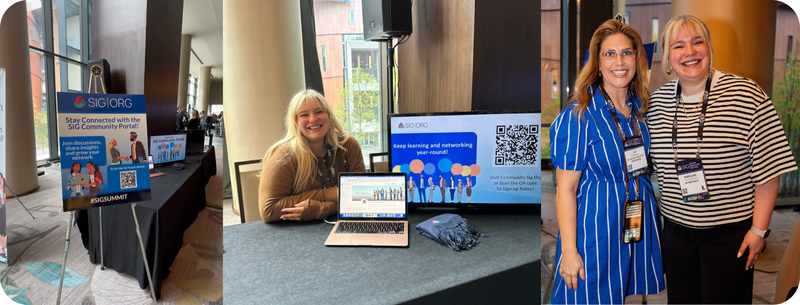Social media plays a crucial role in how brands engage with customers. But relying solely on platforms like Facebook, Instagram, and LinkedIn means you don’t own the audience—you’re renting it. By integrating social media with your online community, you create a seamless experience that enhances engagement and builds long-term loyalty.
This guide walks you through how small businesses and brands can effectively connect their online communities with social media for maximum impact.

Benefits of Social Media Integration
1. Increased Engagement
Customers are already active on social media. Integrating these platforms with your community allows them to interact with your brand in a familiar way, increasing participation and content sharing.
2. Expanded Reach
When users share discussions, events, and updates from your community to social platforms, your brand reaches a wider audience. This organic exposure drives more traffic back to your community.
3. Seamless User Experience
Logging in with social accounts reduces friction. Instead of creating new usernames and passwords, users can sign in with Facebook, Google, or LinkedIn.
4. Better Insights
Social media integrations provide data on user behavior, preferences, and interactions. This helps businesses refine their engagement strategies and deliver more relevant content.
Best Practices for Integrating Social Media with Your Online Community
1. Choose the Right Platforms
Each social media channel serves a different purpose. Pick the ones that align with your community’s goals:
Facebook: Great for discussion groups and event promotions.
Instagram: Ideal for visual storytelling and branded content.
LinkedIn: Best for professional networking and industry insights.
Twitter: Useful for real-time updates and trending conversations.
2. Enable Social Logins
Allowing users to sign in with social media credentials removes barriers to entry. This makes it easier for them to join and participate in your community.
3. Encourage Social Sharing
Make it easy for members to share content from your community to their networks. Use:
“Share” buttons on posts and discussions.
Auto-generated previews when links are shared.
Incentives, such as rewards or recognition for members who share community content.
4. Leverage User-Generated Content (UGC)
Encourage members to share their experiences and insights across platforms. Feature top contributions on your social channels to create a feedback loop that strengthens engagement.
5. Sync Community Events with Social Media
If your community hosts webinars, live Q&As, or discussions, promote them on social media. Use:
Facebook and LinkedIn Events.
Instagram Stories and countdown stickers.
Twitter/X hashtags for live discussions.
6. Use Social Listening Tools
Monitor social media conversations about your brand and community. This helps you:
Identify key trends and topics of interest.
Address concerns and questions promptly.
Engage with potential new members.
7. Respect User Privacy
Be transparent about what data is collected when users connect their social accounts. Allow them to control what information is shared and provide an option to unlink accounts.
Measuring the Success of Social Media Integration
Tracking performance ensures your efforts deliver results. Key metrics include:
Referral Traffic: How many visitors come from social media to your community?
Engagement Rates: Are users interacting with shared content?
Sign-Ups via Social Login: How many members join using social logins?
Content Shares: How often is community content shared on social media?
Use tools like Google Analytics, Facebook Insights, and LinkedIn Analytics to track these KPIs.
The Future of Social-Community Integration
Social media continues to evolve, and brands that adapt will stay ahead. Future trends include:
AI-driven personalization to recommend content based on user behavior.
Deeper API integrations that enable seamless cross-platform discussions.
Decentralized community models that blend social media with owned digital spaces.
By integrating social media into your community platform today, you future-proof your brand’s online presence while building stronger customer relationships.
Final Thoughts
Social media and online communities aren’t competitors—they’re partners. By linking them strategically, businesses can increase engagement, expand their reach, and create a community experience that goes beyond likes and follows.
Start with small integrations like social logins and sharing options, then expand into deeper engagement tactics. The result? A thriving, connected community that supports your brand’s growth.




